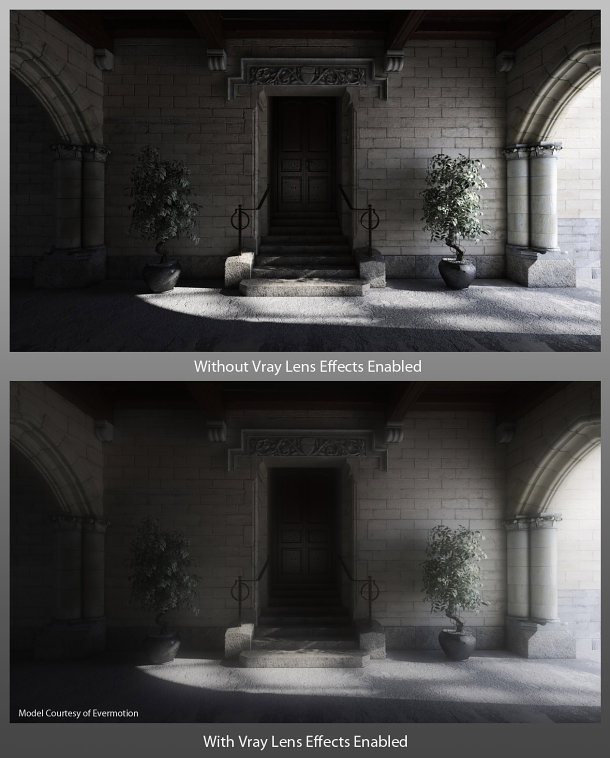
PresenZ is an application that takes a different approach to lightfields by rendering the scene selectively. Three years on and, even though we now have significantly faster GPUs, Iray VR would still probably be inpractical to use on everyday hardware. The problem with Iray VR was it took a brute force approach, so every single light probe within the cube had to be rendered individually, leading to prohibitively long render times. Lightfields work by essentially rendering a scene from hundreds of points within a fixed volume.

The client could then teleport around the building from lightfield to lightfield, seeing it from different vantage points and at a much higher quality than a game engine.
#Iray vs vray series#
The idea behind Iray VR was that an architectural visualiser could create a series of these lightfields for a client presentation. It meant you could peek around a column or over a balcony, revealing new detail within the scene, or simply get a much better sense of depth and immersion. Shift your head to one side and objects that are close appear to move more than the ones further away. In the case of the Nvidia demo it was a 1m cube, enough to give you the effect of motion parallax, but not enough to go for a wander. In other words, six degrees of freedom (6DoF). But instead of viewing the scene from a single fixed point, the person wearing the VR headset can move their head a small distance in any direction - forward/backward, up/down, left/right.

Like a 360 VR render, it uses ray tracing, so the quality is photorealistic. Iray VR used lightfields, a technology that sits somewhere between a fully interactive VR experience and a static 360 VR render. In truth, it was more of a technology demonstration than a viable commercial product.

It took eight high-end GPUs one hundred hours to render the VR experience and, when viewed in VR, the low-res display of the HTC Vive didn’t really do justice to the photorealistic output. It made for a phenomenal presentation but, as is often the case with GTC keynotes, there was a kicker. Working on top of V-Ray, PresenZ slots into established arch viz workflowsĪt Nvidia’s annual GTC event in 2016, CEO Jensen Huang unveiled Iray VR, a new technology that promised to bring photorealism to fully immersive virtual reality.


 0 kommentar(er)
0 kommentar(er)
